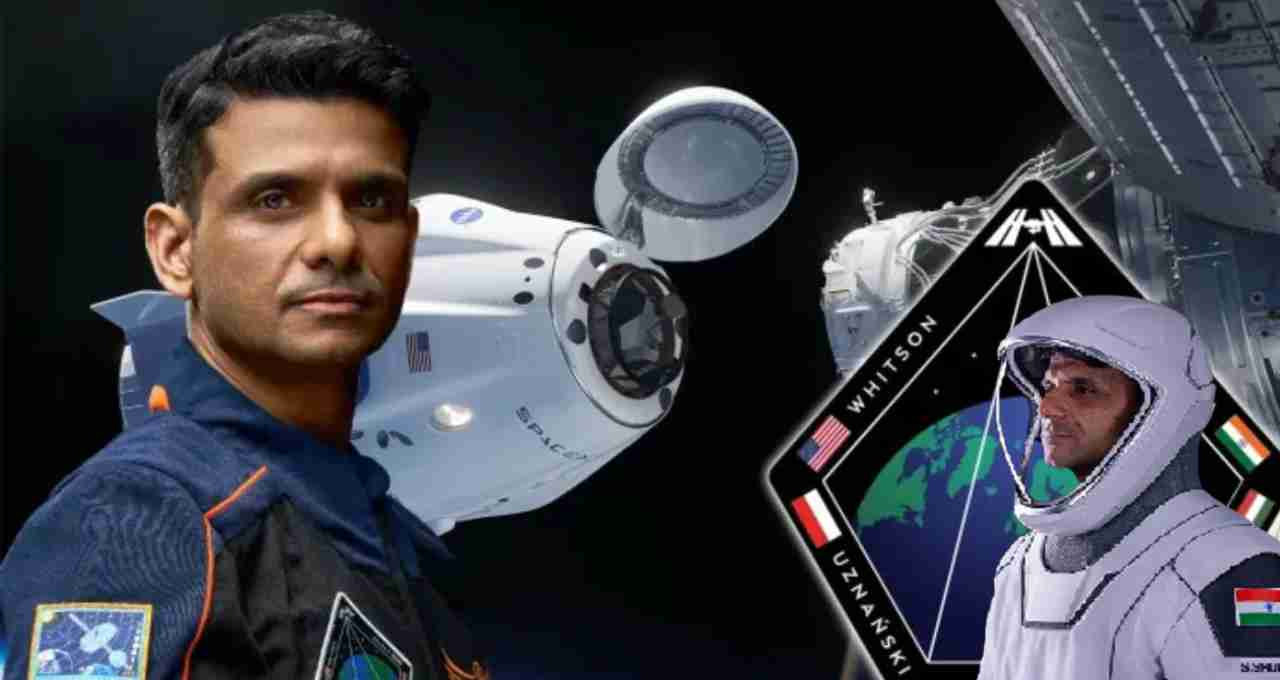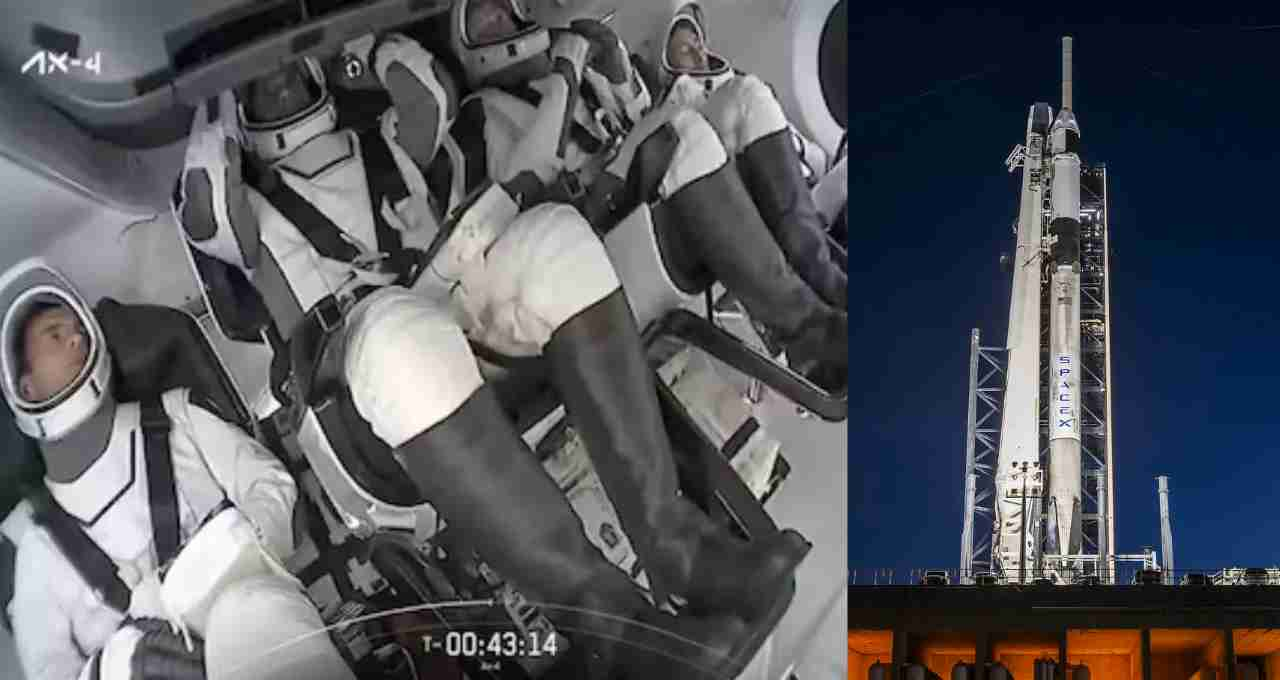Indian astronaut Shubhanshu Shukla has reached the Space Station. He will spend 14 days in space and conduct seven research projects related to microgravity. This mission is a major achievement for India in the field of science and technology.
Axiom Mission: Indian astronaut Shubhanshu Shukla has taken a historic step. He has reached the International Space Station (ISS) after a 28-hour journey via SpaceX, a private American space company. Under this mission, he will stay in space for 14 days and conduct seven important scientific experiments there. Shubhanshu has become the second Indian citizen to set foot in the space station. Before him, Rakesh Sharma spent eight days on the Soviet space station in 1984.
Shubhanshu Shukla's Historic Mission
This mission began when a team of four astronauts, including Shubhanshu, boarded SpaceX's Dragon capsule and launched. After about 28 hours of space travel, their spacecraft docked with the ISS 34 minutes ahead of schedule. This docking occurred through an automatic process.
After docking, a two-hour safety check procedure was completed. During the mission, when the ground team contacted the astronauts, Shubhanshu enthusiastically said, "Namaskar From Space." He said that he was very excited to be there with his fellow astronauts.
A Proud Moment for India

This mission by Shubhanshu is not only important for India from a scientific perspective but also firmly establishes the country's space achievements on the global stage. He is among the select few Indians who have traveled to the space station. His achievement can be an inspiration for future space missions.
What will Shubhanshu Shukla do in space?
Shubhanshu Shukla will conduct seven different scientific experiments during this mission, the aim of which is to understand the effects of microgravity and to find out which biological and technical measures can be effective for future space missions.
The Effect of Microgravity on Muscles
Shubhanshu's first research is related to the effect of microgravity on muscles. Weakness is observed in the muscles of astronauts who spend a long time in space. This had happened earlier with Sunita Williams as well.
The Institute of Stem Cell Science and Regenerative Medicine of India is collaborating in this research. This study will explore the response of muscles in microgravity and could potentially lead to advancements in the treatment of related diseases.
The Effect of Microgravity on Seeds
Shubhanshu's second experiment is related to seeds of crops. This research will examine the effects of microgravity on the genetic properties of seeds. This could be an important link for the possibilities of farming in space in the future.
Research on Tardigrades

In the third research, Shubhanshu will study tardigrades. These are organisms smaller than half a millimeter, considered the most resilient organisms in the world. They have existed on Earth for 600 million years. This experiment will observe their behavior in the harsh conditions of space.
Study of Microalgae
In the fourth research, microalgae will be examined. These algae are found in both freshwater and marine environments. The aim of this research is to determine whether they can assist in space missions as a source of nutrients.
Germination of Moong and Fenugreek Seeds
Shubhanshu's fifth research is related to moong and fenugreek seeds. This experiment will explore whether the germination of seeds is possible in microgravity conditions. This research is considered an important endeavor in the direction of space farming.
Research on Two Strains of Bacteria
The sixth research focuses on two strains of bacteria. This study will be conducted to understand the growth, response, and behavior of bacteria in space. This experiment is essential for the cleanliness, health, and safety of the space station.
The Effect of Screens on Eyes
In the seventh and final research, Shubhanshu will investigate the effect of the light and waves from computer screens on the eyes in microgravity conditions. This research is particularly important for astronauts who are exposed to digital devices for extended periods.













